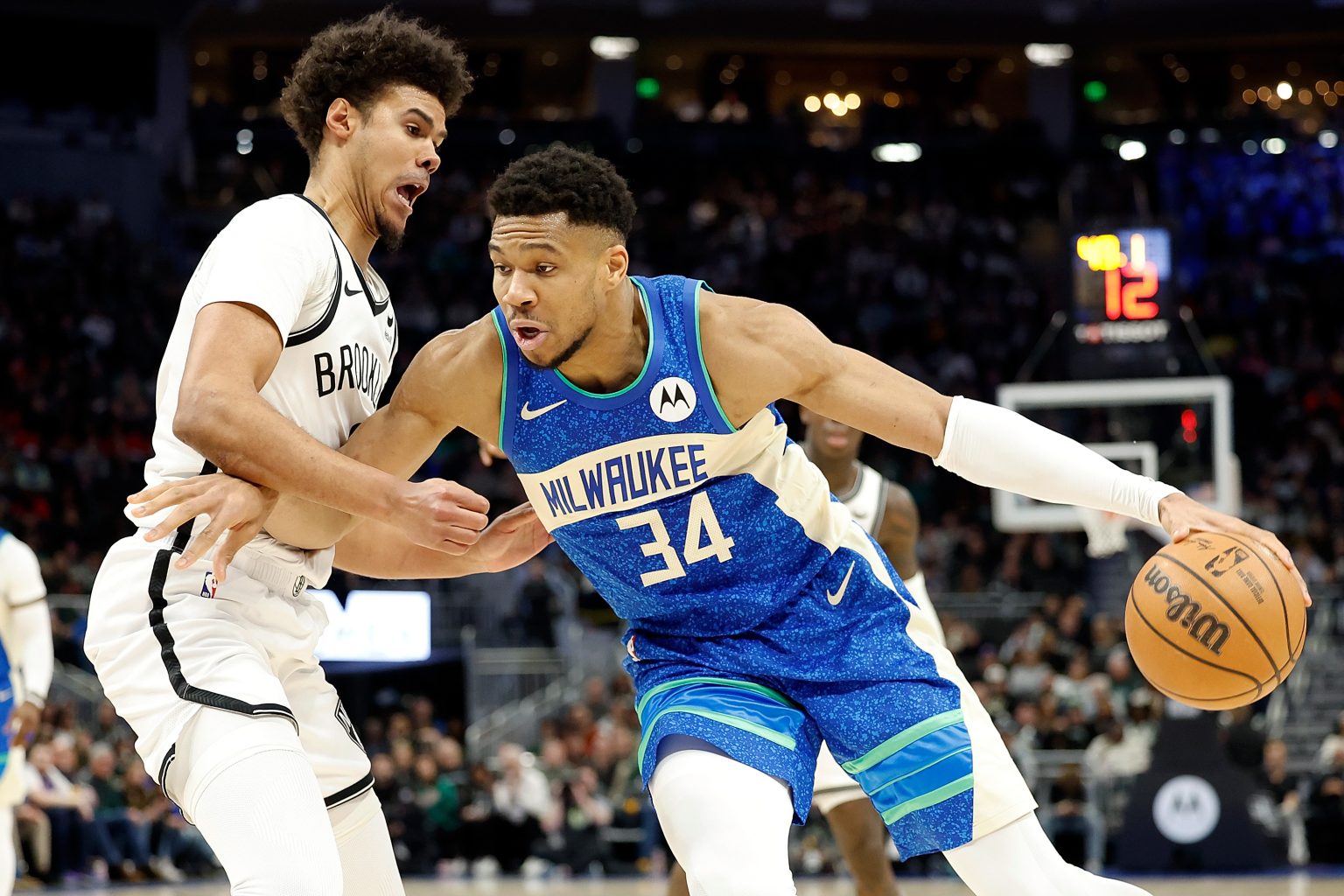The Los Angeles Lakers, currently holding a middling position in the Western Conference, are actively exploring ways to bolster their roster for a deeper playoff run. Despite a recent trade that brought in Dorian Finney-Smith and Shake Milton, the team recognizes a need for additional scoring punch and defensive prowess, especially to alleviate the burden on an aging, albeit still highly effective, LeBron James. This pursuit of improvement stems from the Lakers’ understanding that their championship window, with James and Anthony Davis at the helm, is gradually closing.
One proposed trade scenario involves another deal with the Brooklyn Nets, this time targeting forward Cameron Johnson and center Day’Ron Sharpe. The Lakers would relinquish Rui Hachimura, Jalen Hood-Schifino, Gabe Vincent, a 2029 first-round pick, a 2030 first-round swap, and a 2025 second-round pick in exchange for the Nets duo. This trade represents a calculated gamble, sacrificing future assets and current rotation players for the potential of immediate on-court improvement. Johnson, a versatile wing player averaging a career-high 19.5 points per game, along with his impressive shooting percentages and defensive capabilities, is viewed as a significant upgrade over Hachimura. Sharpe, while less established, adds depth to the Lakers’ frontcourt.
The central question surrounding this potential trade is whether the cost outweighs the potential benefits. While Johnson undoubtedly strengthens the Lakers’ starting lineup, the departure of Hachimura, a promising young forward, and the surrender of valuable draft capital represent a significant investment. Vincent, despite his defensive contributions, carries a hefty salary that has become somewhat of a liability given his limited offensive production. Hood-Schifino, a recent first-round pick, appears to be out of the team’s long-term plans, making his inclusion in the trade less impactful.
The core dilemma facing the Lakers is whether to prioritize their present or their future. Trading away future draft picks and young players could limit the team’s flexibility down the line, especially if the acquisition of Johnson and Sharpe doesn’t translate to a deep playoff run. However, the Lakers also have a responsibility to maximize their current championship window with James and Davis. The trade for Johnson, a proven two-way player, addresses their immediate needs for scoring and defense, potentially elevating them into true contender status.
The Lakers’ front office must carefully weigh the risks and rewards. On one hand, acquiring Johnson and Sharpe provides a tangible boost to their current roster, potentially propelling them closer to a championship. On the other hand, sacrificing future assets and promising young players could hinder their long-term prospects. The decision boils down to whether the Lakers believe Johnson and Sharpe can be the missing pieces to a championship puzzle, justifying the cost of acquiring them.
Ultimately, the Lakers’ decision will reflect their organizational philosophy and assessment of the current roster’s capabilities. Do they believe their current core, supplemented by Johnson and Sharpe, has a legitimate shot at a championship? Or will they prioritize long-term stability and flexibility, even if it means potentially sacrificing a shot at immediate glory? The answer will have profound implications for the Lakers’ future, shaping their trajectory for years to come.

